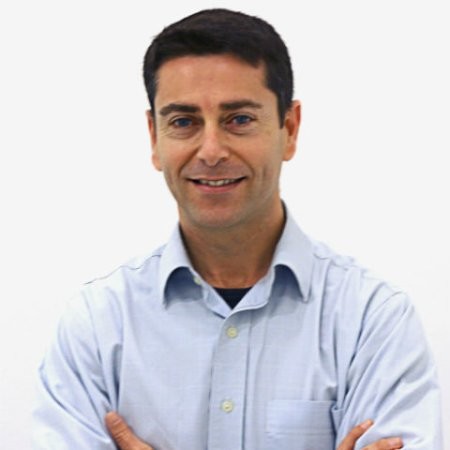Remembering Cellular Youth
Available in Español .
For years, aging was thought of as simple wear and tear. That DNA was damaged, that rust did its job, and that there was little to do beyond delaying it. But it turns out that the DNA, the very text of the book, is hardly damaged. What gets disordered is the system that reads it: epigenetics.
And that changes everything.
1. The code and the interpreter
DNA is stable, almost boring. If we could compare it to software, it would be the binary: fixed bits, well preserved. Epigenetics, on the other hand, is the interpreter: it decides which pieces of code are executed, when, and with what intensity.
Cells do not change their program, but they do change their execution permissions. With age, these permissions degrade. Genes that should have remained silent are activated, and others, vital ones, are silenced. The result is a kind of functional drift: the cell is still there, but it no longer behaves as it did before.
2. The dream of reversing the noise
In the early 2000s, Yamanaka discovered that it was enough to activate four genes—Oct4, Sox2, Klf4, and c-Myc—to erase the identity of an adult cell and return it to a stem cell state. That was an earthquake: it meant that cellular identity was not irreversible.
The next step was inevitable: can we apply this process without erasing the identity? This is where partial reprogramming is born: temporarily turning on these factors to readjust the epigenome, as if you were recalibrating an oscilloscope without restarting the system.
In the lab, this is done with viral vectors or mRNA, controlling the activation time with doxycycline. In old mice, tissues have been seen to rejuvenate functionally—retinas that respond to light again, muscles that regenerate better—without losing their “self”.
3. The problem of memory
Now, if the cell ages because its epigenetics gets disordered… how does it know which state to return to? We don’t keep a backup of our cellular youth. There is no “/snapshot/1998/” folder. And yet, cells seem to have a structural memory: a chromatin architecture, feedback networks, that push them to regain their previous balance when the noise is cleared.
This memory is not literal. It is statistical, dynamic, as if the cell remembered the way even if it does not keep the map. That is why partial reprogramming works better with pulses: it does not impose a new state, but allows it to find its own.
4. Between biology and engineering
All this sounds biological, but it is pure control engineering:
- You have a complex system that drifts slowly.
- You measure the drift (epigenetic clocks).
- You inject negative feedback pulses (factors or molecules).
- You verify that it does not lose stability (cellular identity).
It is, at its core, a classic problem: to rejuvenate without deprogramming.
In AI, we have something similar. Large models also age: concept drift corrupts their accuracy. Retraining them completely is equivalent to “rejuvenating too much”: they forget what they have learned. What we need—in biology or software—is selective plasticity: to remember how to learn without forgetting the essential.
5. What this limit teaches us
Aging can be seen as a reasonable evolutionary price: a way to prevent systems from becoming saturated. Death, in that sense, was a technical solution rather than a moral punishment. But as soon as we understand the epigenetic mechanism, that frontier ceases to be sacred: if we can adjust the rate of drift, perhaps we can decide when to stop it.
The question changes:
Not “can we rejuvenate?”, but “how much rejuvenation is healthy before losing the self?”
Because just as in AI models, stability has a cost. A system that never degrades also never evolves.
6. Closing
Partial reprogramming is not a youth potion: it is a molecular debugger. And what is fascinating is that it forces us to think of identity as something repairable, not fixed. Perhaps aging was a good evolutionary idea as long as we did not know how to maintain ourselves. Now that we are beginning to understand the code, the question is no longer “how long do we live”, but how we want to persist without becoming unrecognizable.
